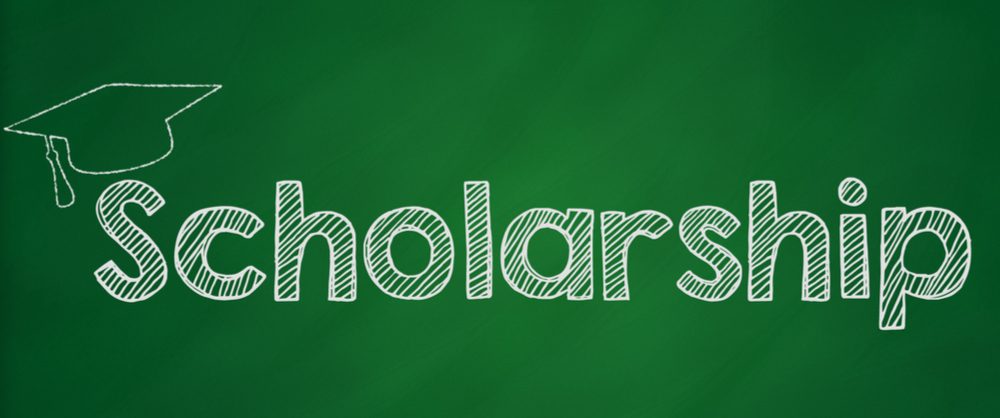In 1990, Ernest L. Boyer, president of the Carnegie Foundation for the Advancement of Teaching and Learning and a former ASHA member, published the groundbreaking Scholarship Reconsidered: Priorities of the Professoriate. The framework for recognizing and valuing different types of scholarship, including the scholarship of discovery, of integration, of application, and of teaching in higher education was first elaborated in this work. In addition, Boyer began the process of examining the relationship between research and teaching and advocated for the scholarly consideration of how teaching methods relate to the subject content being learned by students. Boyer’s study sparked lively debate across the country and continues to influence the debate about the meaning of scholarship in higher education.
Lee Shulman succeeded Boyer and became the president of the Carnegie Foundation in 1997. He continued to promote the fundamental importance of the quality of teaching in higher education. Shulman distinguished between the type of knowledge that experts in the field hold, or “content knowledge,” and the type of knowledge that is needed to effectively communicate this knowledge. He labeled this second type of knowledge as “pedagogical content knowledge,” which is associated with the “signature pedagogy” unique to a profession. Shulman was among the first to note that in higher education, we are all actually members of two professions. Each member of a faculty is a member of the profession in which he or she has studied and trained (e.g., audiology, speech-language pathology, or speech, language, or hearing science); in addition, each faculty member is also a professional educator.
In his work, Teaching as Community Property, Shulman suggested that in order for teaching to be valued, it must be shared within a community of educator scholars. He noted that teaching “must be made visible through artifacts that capture its richness and complexity” (p. 142). Finally, he suggested that if teaching is to be valued within the academy, it must be judged by members of the academy by the same standards they use to judge other forms of scholarship. This notion began the development of the framework for understanding what happens in the classroom, in terms of both teaching and student learning, from the same scholarly perspective as is research that fuels the understanding of the basic science of any discipline. The term commonly used to reference this notion is the Scholarship of Teaching and Learning (SOTL).
An increased interest in SOTL activities began to emerge early in 2000, partly spurred by Boyer’s and Shulman’s work and reinforced by the increasing amount of attention being paid to issues of educational reform and accountability. To help understand the importance of SoTL to academic members in communication sciences and disorders, the Vice President for Academic Affairs and the Academic Affairs Coordinating Committee fielded an electronic survey in January 2009 to more than 3,100 members of the academic and clinical education communities; the survey received an 18% response rate. The responses to that survey suggested that members of these communities would like to “learn more about literature on effective teaching” (Strongly Agree = 34%; Generally Agree = 34%; n = 562). In addition, in response to the question “What might ASHA do to support SOTL?,” 109 out of 326 respondents indicated continuing education/networking opportunities and establishment of a publication vehicle that would be discipline specific ( n = 107) would be helpful. The Academic Affairs Coordinating Committee has developed a set of initiatives to support current and future members of the academy in the instructional engagement of their students. These initiatives will focus on increased opportunities and collaborations (e.g., Special Interest Division 10, Issues in Higher Education and the Council for Academic Programs in Communication Sciences and Disorders) for the presentation and sharing of SOTL activities in the discipline in a variety of ways, with the ultimate goal of understanding the “signature pedagogy(ies)” in audiology, speech-language pathology, and speech, language, and hearing science and developing Evidence-Based Instructional methodologies in communication sciences and disorders.










